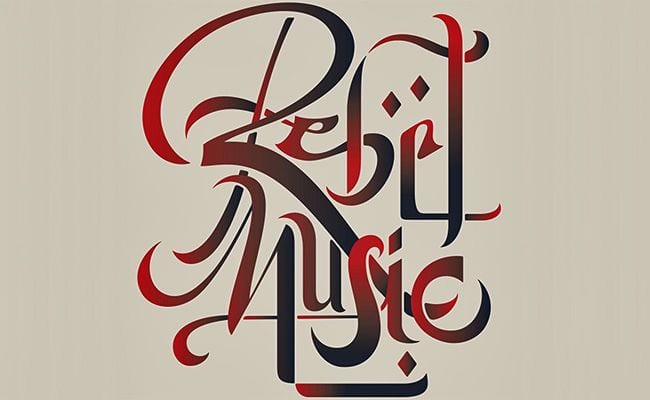
You can put down Hisham D. Aidi’s Rebel Music as one of the most thoroughly researched books on Islam and its relation to music written yet. Indeed Aidi demonstrates an encyclopedic knowledge of his subject, seeping into the smallest cracks for some revelatory truths. His approach, however, comes across as a bit too insular.
Rebel Music is a work essaying the influence Islam has had on music and vice versa; many chapters deal with various strains of music from jazz and hip-hop to rock and traditional North African song. Aidi is to be commended for the phenomenal and intelligent research he has done, detailing many truths and concepts on music and Islam that have undoubtedly gone overlooked by the general media at large. At times, however, it becomes increasingly difficult to figure out just exactly who his audience is; Aidi has a certain tendency to mine too deeply into facts that ultimately only serve to alienate the general reader. Much of the book focuses on the politics surrounding the music made by Muslims – and not so much on the music itself.
Some chapters fascinate more than others; Aidi delves into the history of jazz and his behind-the-scenes stories both inform and amuse. Jazz saxophonist Yusef Lateef describes his relationship with the great John Coltrane, detailing his conversations with the jazz legend on religion. Lateef provides Coltrane’s A Love Supreme, a high watermark in jazz, with some interesting background in relation to Coltrane’s Muslim wife, Naima. Aidi probes Lateef on how much of an influence he had on Coltrane’s album. It’s a small bit that perhaps doesn’t amount to much, but it’s fairly revealing for anyone who casually admires Coltrane’s work.
Aidi, however, stretches his musings a little too far toward the absurd at times. In this particular chapter on jazz, discussing Coltrane’s A Love Supreme, Aidi states: “It’s not unusual to see young American Muslims huddled around their iPod docks and speakers, trying to make out the exact words that John Coltrane utters during “Acknowledgement”… The believers swear you can hear Coltrane chanting “Allah Supreme”.” This is a highly unlikely assumption recorded as fact, which makes the case that Aidi sets up for the Islamic influence over Coltrane’s album seem somewhat silly. I don’t believe a crowd of Muslims – or otherwise – would openly partake in so obscure an activity such as this. There are a number of ways the author could have introduced his theories on Coltrane’s work and this wasn’t an especially sensible one.
Strangely enough, Aidi leaves out the more obvious music artists to discuss, the ones in which much debate has been made over their musical relationship to Islam. Singer Natacha Atlas controversially used the Muslim call to prayer in one of her songs, which would earn the singer some criticism amongst part of the Muslim population. This doesn’t get a mention; neither do any of Rachid Taha’s subversive commentaries on the ideologies of the Islamic world, nor the exoticism that runs rampant in the Western world when it comes to blindly sampling from Islamic culture in DJ, hip-hop and dance culture.
Aidi does indeed discuss the merging of hip-hop with Islamic culture, but the finer points of exoticizing a foreign culture is left off the table. Seeing as how these examples are some of the current issues facing the musical cultures on both sides of the globe, it’s a wonder how Aidi’s otherwise extensive and exhaustive research missed these.
As mentioned before, much discussion is relegated to the socio-political attitudes and beliefs surrounding the music in regards to Islam. It would have been nice to read a bit more on how Islamic influences styled and shaped the actual sound of some music. In addition, there isn’t much of a linear structure, resulting in a bit of shuffling around in the history, jumping back and forth between timelines.
It is, then, perhaps best to take in Rebel Music in small sections, dipping into certain chapters for reference when needed. Indeed, Aidi does an admirable job of packing his book with information that has been meticulously researched and discussed with notable enthusiasm. Unfortunately, it is at many times a densely suffocating read which is more likely to tire rather than enlighten the casual reader.


![Call for Papers: All Things Reconsidered [MUSIC] May-August 2024](https://www.popmatters.com/wp-content/uploads/2024/04/all-things-reconsidered-call-music-may-2024-720x380.jpg)



